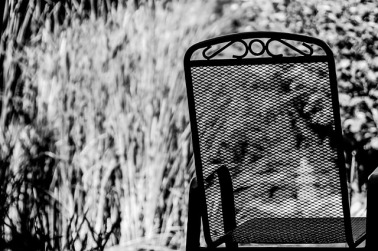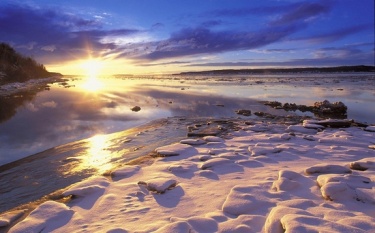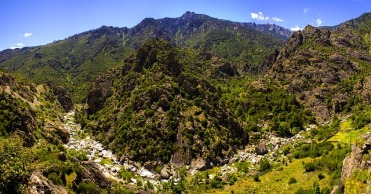Black & white photography is a subtle art that demands great attention to lighting, textures, tones and composition. Black and white images have the ability to convey simple, raw emotions of people, landscapes and other subject matter in a striking way. Here are five tips; you need to know when it comes to black and white photography.
Shoot in Raw – If your camera supports raw format, shoot in Raw. Shooting in raw gives, you more control over the image in the postproduction. It will open up many new possibilities and provides you enough flexibility to make any alteration in the image’s appearance and quality.
Shoot at your lowest ISO setting – When it comes to black & white photography use the lowest possible ISO setting. On the contrary, if you use high ISO the noise will become more apparent in shots, and your picture will not be as smooth as you expected. Therefore, use lowest ISO for black & white photographs and it is best to add grainy look during the postproduction.
Use of Contrast- The improved contrast adds interest to the images. You can use light to your advantage, to bring great contrast. For instance- if you use side lighting, you will get longer shadows. As you cannot use color, contrast will bring the tonal differences in your photographs and make them stand out.
Look for Pattern and textures – In black & white photography; you cannot play around with colors, so look for tones, textures and shapes in your frame as points of interest. By, emphasizing on the patterns & rich textures, your photographs will become clear,compelling and exciting.
Look for wide range of grays – The photos will appear dull, if it does not have varying tones of gray. For achieving this, flash is your best bet. You can use flash to throw highlights and shadows over certain areas of your photo




